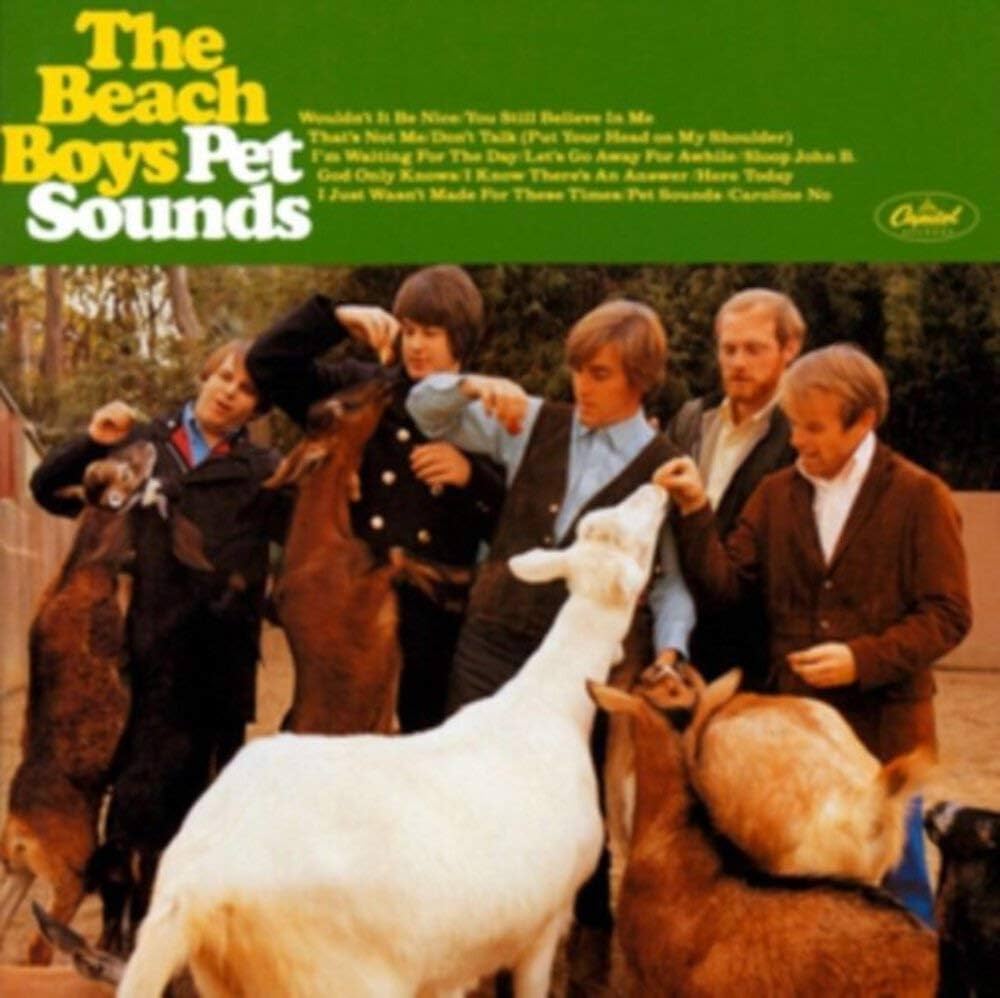

There is no objective conclusion to be reached between the superiority of musical albums as compared to singles and singles as compared to albums. Instead, a distinction must be made from one’s own perspective. For example, as showcased within this website, from a purely art-based viewpoint, albums are superior to singles. Conversely, from a purely commercial perspective, singles are better. Where an individual falls on the spectrum between both extreme perspectives will indicate whether albums or singles are more important to them on a personal level. As a result of this conclusion, I will use this last section of the website to display my opinion on the matter and how I reached such.
I personally believe musical albums to be superior to singles. I find more enjoyment sinking my metaphorical teeth into a cohesive album: into whatever atmosphere, “vibe,” or even world of music that an artist specifically chooses to compile. This can be in the form of concept albums such as the aforementioned To Pimp a Butterfly or simply albums which when consumed in full create a cohesive sonic exploration of a specific sound. While on many of the albums I consume there are specific tracks which have been produced as singles or tracks which stand out as much more popular than the rest, I find more enjoyment listening to them as a part of the whole album to which they belong.
To demonstrate my perspective, I would like to use the classic band The Beach Boys as an example. More specifically, I would like to look at the band in the year 1966, when they both released their album Pet Sounds and constructed the notoriously unfinished album Smile. This period of Beach Boys history is well documented and commented on by Dale Carter in an essay about Brian Wilson, the frontman of the band. He describes both the albums as “countercultural,” specifically describing Pet Sounds as “psychedelic” and “romantic” (Lambert 181). In addition, he describes Smile saying that “imagery and wordplay, allusions, quotations, and more would make of Smile a complex palimpsest of songs whose vision was sustained in words as well as sound” (Lambert 182). Carter assesses that both albums achieve the creation of a complex world of their own.
This can be compared to Philip Lambert’s commentary on “Good Vibrations” a hit single produced and released at the exact same time as Pet Sounds and Smile. While just a single, the described “pocket symphony” “set off tremors across the cultural landscape when it was first released, and it has continued to reverberate ever since” (Lambert 189, 190). The individual song, its musical characteristics, and its success can all be compared to Brian Wilson catching lightning in a bottle. The song would become the perpetual Beach Boys song, still being continuously listened to and streamed in the modern day.
The Beach Boys represent both sides of the album and single coin. There is no objective reason to see one side as overpowering the other. However, also like calling a coin flip, a person has to be able to prefer one side over the other, even if it is just for a specific instance in time. Personally, I genuinely prefer an album as compared to a singular song because of their ability to absorb me into a world of music over time rather than a short, fast hit. I would rather become musically lost in the psychedelic domain of Pet Sounds than receive the immediate, commercial gratification of “Good Vibrations.” This preference shows itself in many different forms in my music listening, but most concretely in my personal, vinyl record collection.
The most important aspect of music is what the individual listener takes away from it. There is no objective best form of music, only what is most preferable on a personal level. When it comes to the debate between albums and singles, both should and will be continually produced because people have different preferences. A listener’s job is to simply consume what is personally best for their enjoyment.